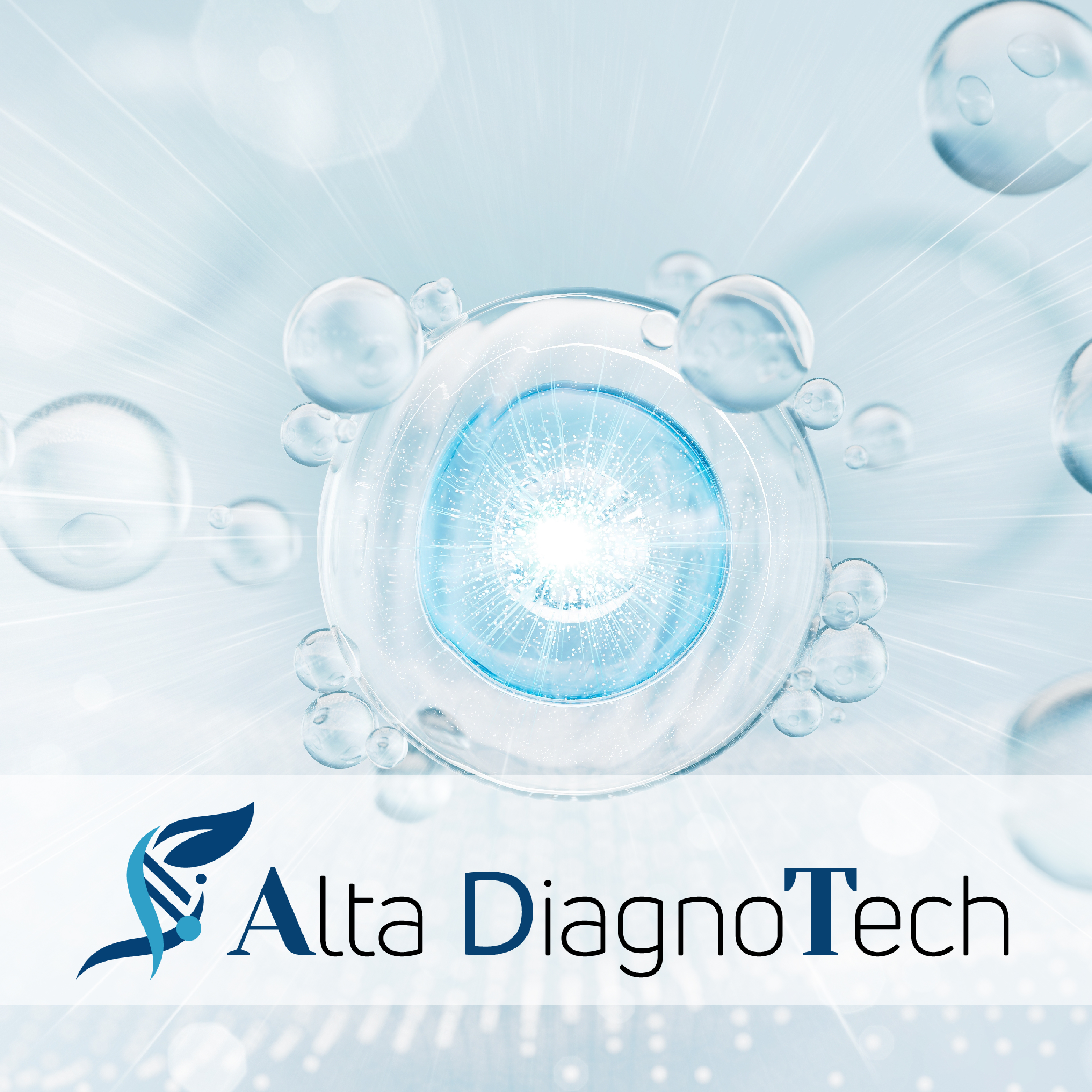- Home
- IVD
- By Technology Types
- By Diseases Types
- By Product Types
- Research
- Resource
- Distributors
- Company

Cat.No: HTK-HMM-0026 Datasheet
Specification Quantities
| Product Name | Human Lysophospholipase III (LYPLA3) ELISA Kit |
| Catalog No. | HTK-HMM-0026 |
| Description | Lysophospholipase III (LYPLA3) has a variety of important functions in the human body, including participation in fatty acid metabolism, maintenance of cell membrane structure and function, modulation of inflammatory response, defense against oxidative stress, and participation in neurotransmitter synthesis and release. |
| Test Species | Human |
| Synonyms | PLA2G15; ACS; LLPL; LPLA2; GXVPLA2; Lysosomal Phospholipase A2; Group XV Phospholipase A2; 1-O-acylceramide synthase; LCAT-like lysophospholipase |
| Applications | This kit is used for the detection of Lysophospholipase III (LYPLA3), there is no significant cross-reactivity with other similar substances. |
| Sample Type | Serum, plasma, tissue homogenates and other biological fluids. |
| Detection Methods | Sandwich ELISA |
| Estimated Measurement Time | 3 h |
| Detection Range | 0.156-10 ng/mL |
| Sensitivity | 0.055 ng/mL |
| Accuracy | Intra-lot variation: CV<10%; Inter-lot variation: CV<12%. |
| Detection Principle | The lysophospholipase III (LYPLA3) antibody is coated in a 96-well microplate to form a solid-phase carrier. Standards or specimens are added to the microplates, respectively, and the lysophospholipase III (LYPLA3) is bound to the antibody attached to the solid-phase carrier. Then, the biotinylated lysophospholipase III (LYPLA3) antibody is added. After washing off the unbound biotinylated antibodies, add HRP-labeled avidin, thoroughly wash again, and then add TMB substrate for color development. TMB is converted into blue under the catalysis of peroxidase and then into the final yellow under the action of acid. The depth of color is positively correlated with the lysophospholipase Ⅲ(LYPLA3) in the sample. The absorbance (O.D. value) is measured at a wavelength of 450nm using an microplate reader, and the sample concentration is calculated. |
| Procedures | 1. Preparation of standards, reagents, and samples before the experiment; 2. Add 100 µL of sample (standard and sample) and incubate at 37°C for 1 hour; 3. Aspirate, add Detection Solution A 100 µL, incubate at 37°C for 1 hour; 4. Wash the plate 3 times; 5. Add 100 µL of Detection Solution B and incubate at 37°C for 30 minutes. 6. Wash the plate 5 times; 7. Add TMB Substrate 90 µL, incubate at 37°C for 10-20 minutes. 8. Add 50 µL of Termination Solution and read at 450 nm immediately. |
For research use only, not for clinical use.
|
There is no product in your cart. |